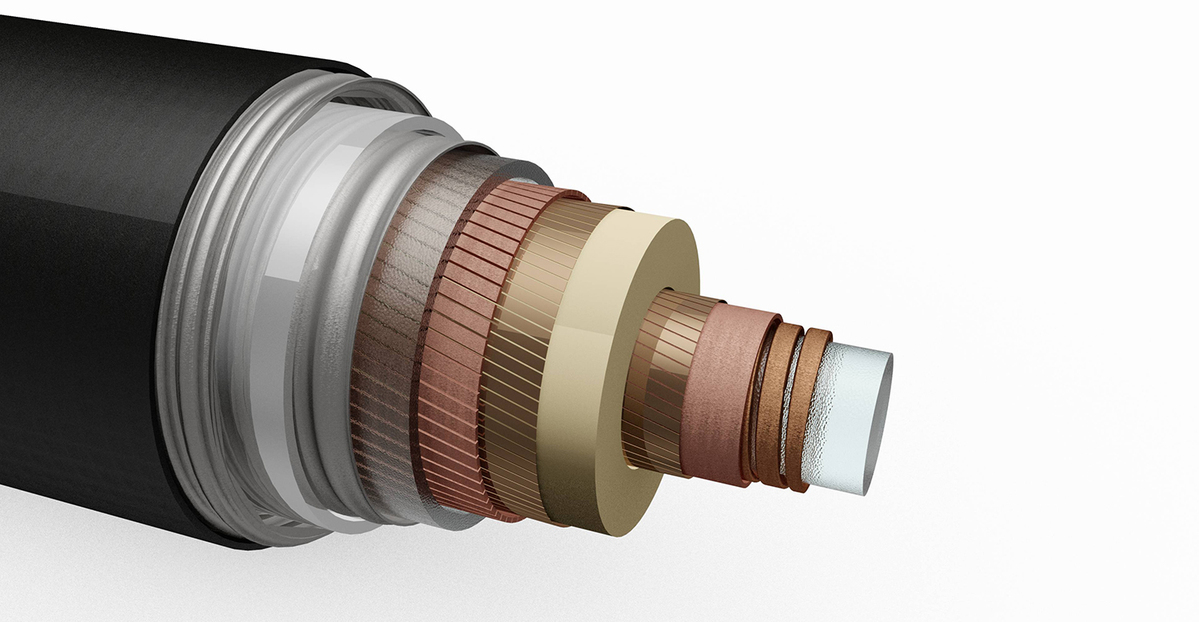New Superconductor Technology for the Transmission Grid
The German energy transition makes it necessary to extend the transmission grid. Karlsruhe Institute of Technology (KIT), to-gether with the grid operator TenneT, now studies the use of superconductor technology as an alternative to conventional power cables for short grid sections within the framework of the ENSURE Kopernikus Project. The superconductor cables de-signed by KIT for this purpose are efficient and powerful. After successful testing, they might allow for a more compact con-struction of power transmission lines in the three-phase grid.
The length of the transmission grid in Germany totals about 35,000 km. To ensure that the power produced from renewable energy sources gets to the locations where it is needed, it is planned to extend the grid by about 5,300 km in the course of the ener-giewende. Within the framework of pilot projects, underground ca-bles are planned to be used near cities and villages in particular. Major advantages could be achieved if they would be replaced part-ly by superconducting cable systems,. This is the result of a feasi-bility study carried out by KIT in cooperation with the grid operator TenneT under the Kopernikus project ENSURE. The study is planned to be completed by the end of this year and will also cover ecological and economic aspects.
Full text: press release 077/2018
mhe, 29.06.2018

